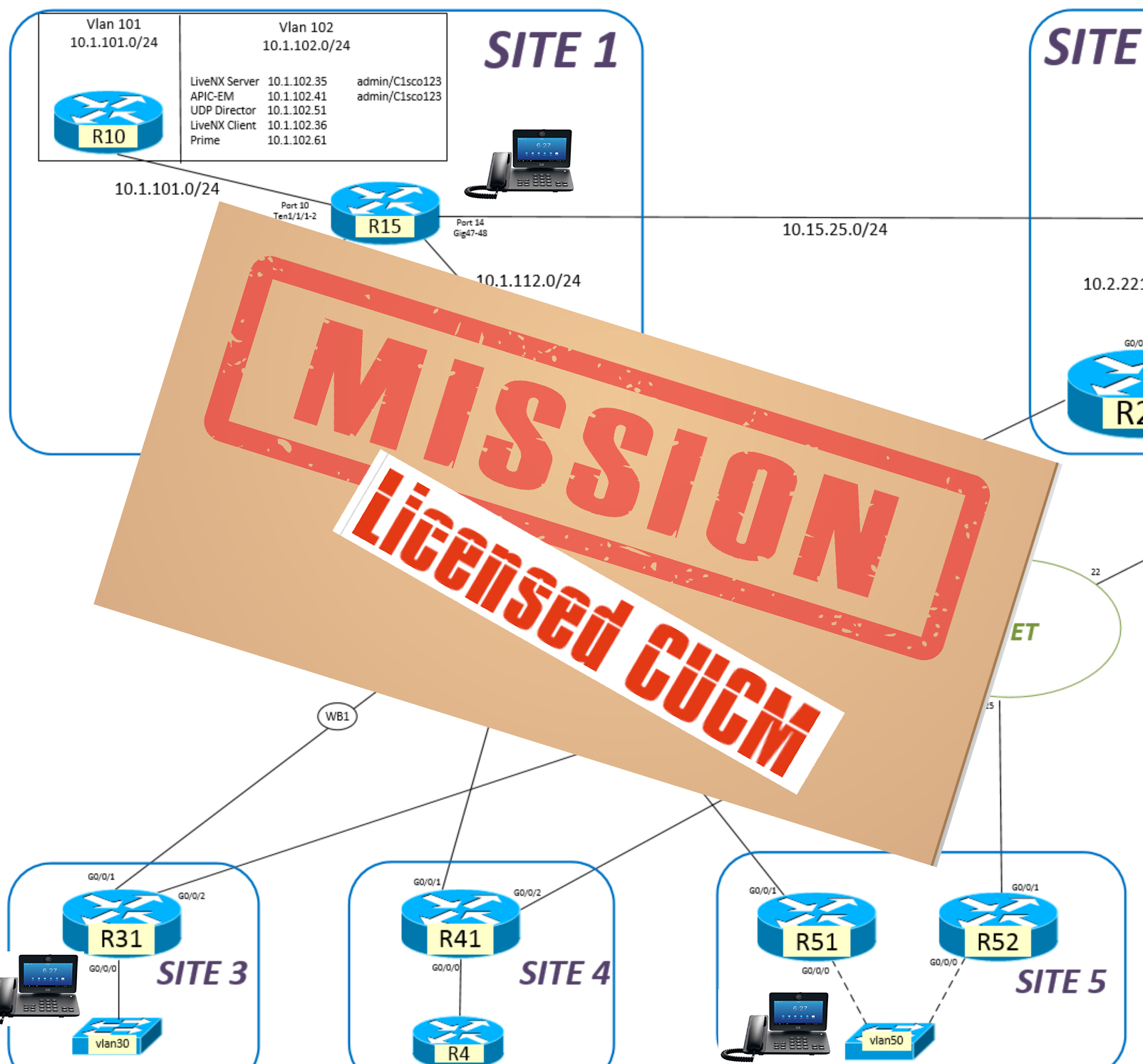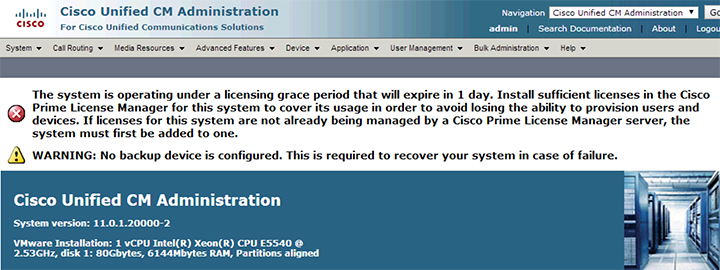Fun in the Lab: Setting up 3 Phones – Part 2 Licensing
When we left me at the end of Fun in the Lab: Setting up 3 Phones – Part 1 Prep Work …. (1) I had cloned an already existing CUCM VM and (2) I was stuck on the CUCM Licensing portion.
Today’s Mission
Today’s Mission (should I choose to accept it) is to license my CUCM.
My mission will involve –
- Learning how to get a license for a CUCM internally within Cisco for lab use
- Cleaning up my CUCM VM since it was a cloned VM
I’m still hoping I will eventually come across some cookies. Why? Because all my UC friends keep telling me I should “check out the dark side (UC)” and that “they have cookies”. Just in case they are telling you this. I need to let you know I have found NONE so far and I think they aren’t telling the truth.
PLAY TIME!
The licensing error message that came up on the CUCM said 2 things
- “Install sufficient licenses in the Cisco Prime License Manager for this system”
- “If licenses for this system are not already being managed by a Cisco Prime License Manager server, the system must first be Continue reading
Black Hat: 5 Ways to Avoid Losing the Internet We Love
 Black Hat keynoter Dan Kaminsky has a few rants on his mind.
Black Hat keynoter Dan Kaminsky has a few rants on his mind.
AT&T Selects Radcom’s Virtual Probe for its Integrated Cloud
 AT&T moves service assurance to the cloud.
AT&T moves service assurance to the cloud.

